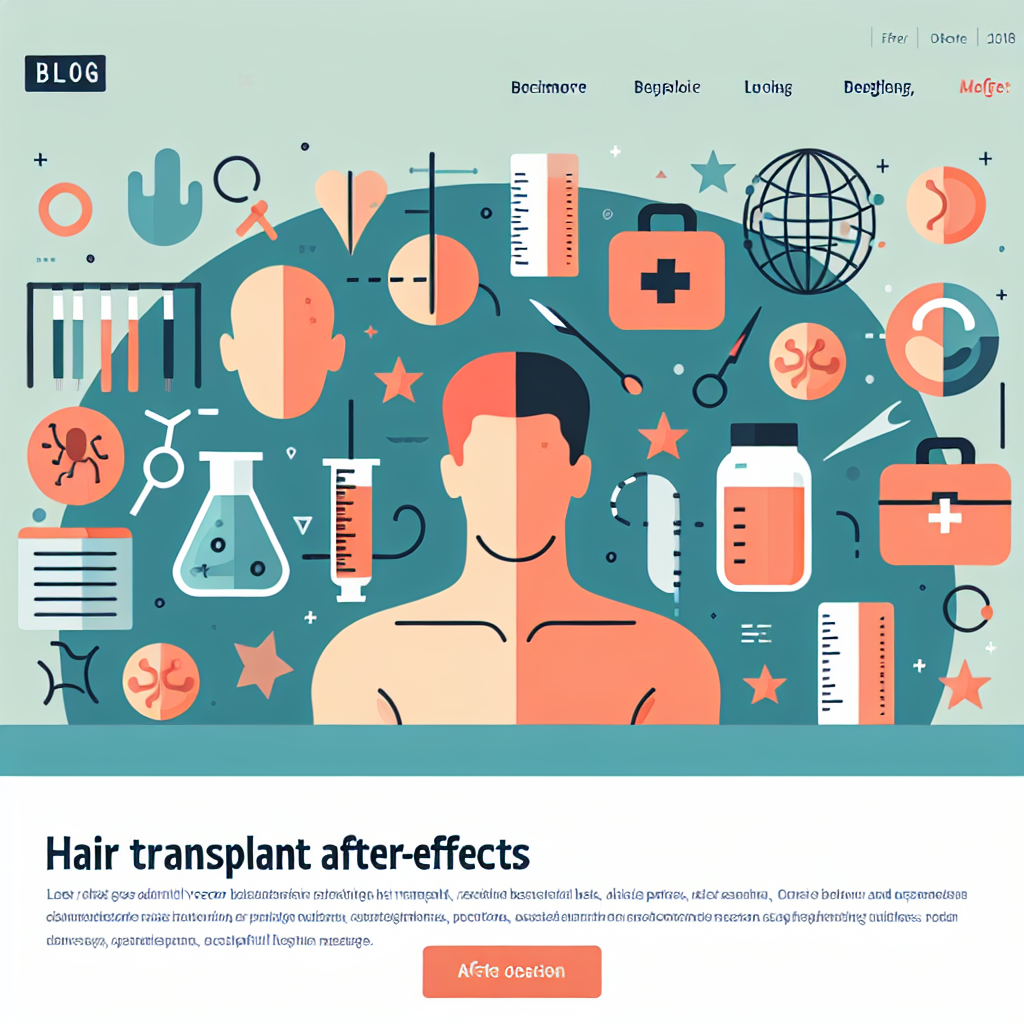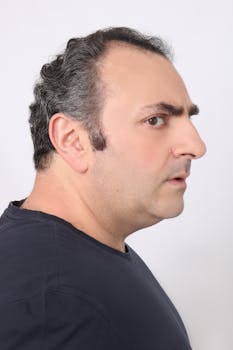Undergoing a hair transplant can be life-changing, but knowing the likely hair transplant after effects helps set realistic expectations and speeds recovery. In the first days and weeks you’ll notice visible changes — redness, scabbing, and temporary shedding — and over months the transplanted follicles settle and grow. This guide walks through typical timelines, how to minimize risks, and when to contact your surgeon so you can feel confident about long-term outcomes.
Hair transplant after-effects: what to expect in the short term
Immediately after the procedure most patients experience swelling around the forehead and donor area, mild pain managed with over-the-counter or prescribed analgesics, and tiny scabs where grafts were placed. These are normal signs of healing. The transplanted hairs frequently shed within 2–8 weeks — a process called “shock loss” — before new growth begins around three to four months. During the first month, keep the scalp clean, avoid strenuous activity, and follow your surgeon’s shampooing and dressing instructions.
Complications of hair transplant surgery: risks and prevention
While major complications are uncommon, understanding complications of hair transplant surgery helps you identify problems early. Infection, poor graft survival, and visible scarring can occur if post-operative care is inadequate or if underlying medical conditions complicate healing. Choosing a board-certified specialist, following pre- and post-op instructions (including smoking cessation), and reporting unusual symptoms like increasing pain, fever, or spreading redness reduce risk. For evidence-based background on hair restoration techniques and risks, reputable medical summaries such as the encyclopedia-style article at Wikipedia can be a useful starting point: Hair transplantation overview.
Managing side effects hair transplant long term
Most long-term effects are positive — improved hair density and appearance — but some patients worry about side effects hair transplant long term. These can include altered sensation in the donor area, thinning of non-transplanted hair (progressive pattern baldness), or uneven growth requiring touch-ups. To minimize long-term issues, maintain realistic expectations: a hair transplant redistributes existing follicles rather than creating new ones. Lifelong medical treatments such as topical minoxidil or oral finasteride may be recommended to preserve native hair and enhance the longevity of your results.
Practical care tips during recovery
Good aftercare supports graft survival and comfort. Key actions include:
- Avoid rubbing or picking at scabs; let them fall away naturally.
- Sleep with your head elevated for the first week to reduce swelling.
- Skip heavy exercise, saunas, and direct sun exposure for at least two weeks.
- Use gentle, surgeon-approved shampoos and avoid hair dyes or chemical treatments until cleared.
- Attend scheduled follow-up visits so your surgeon can assess healing and graft growth.
When to contact your surgeon
Most concerns are routine, but contact your clinic promptly if you notice increasing pain, persistent or spreading redness, pus, fever, or sudden, dramatic hair loss that differs from expected shedding. These signs could indicate infection or an unusual reaction where early intervention improves outcomes. Keep a photo diary of healing milestones to share during follow-ups — it helps clinicians track progress remotely.
Recovery timelines vary: initial healing takes 1–2 weeks, cosmetic improvement appears by 3–6 months, and final density develops by 9–12 months or longer. If you’re interested in how recovery compares to other cosmetic procedures and expected timelines, this resource on surgical recovery provides useful context about post-op courses and expectations: Compare cosmetic surgery recovery timelines.
Maintaining results and minimizing future loss
Successful long-term results often combine surgery with ongoing medical therapy and lifestyle adjustments. Protect your scalp from sun exposure, manage chronic conditions like diabetes that impair healing, and discuss medical hair-loss treatments with your provider. Periodic evaluations help address new balding areas early, and some people plan staged procedures to maintain a natural hairline as pattern hair loss progresses.
Psychological considerations
Cosmetic surgery can affect self-image positively, but it’s important to align expectations with likely outcomes. Preoperative counseling, clear photos of likely results, and support groups or patient forums can help you prepare emotionally for the recovery curve, especially if you experience temporary shedding or uneven growth phases.
- Takeaways:
- Immediate effects are usually temporary: swelling, scabbing, and shock loss are common and expected.
- Major complications are uncommon when performed by experienced surgeons; report infection signs early.
- Long-term maintenance may include medications and periodic touch-ups to preserve results.
FAQ: How long until transplanted hair looks natural?
Most patients see noticeable regrowth by 3–4 months and significant cosmetic improvement by 9–12 months. Final density can take up to 18 months in some cases; patience is important as follicles transition through growth cycles.
FAQ: Can a transplant cause permanent loss of native hair?
Transplants redistribute existing follicles and do not typically cause widespread permanent loss of native hair. However, progressive hair loss in untreated areas can make transplanted areas look less dense over time; combining surgery with medical therapy helps protect remaining hair.
FAQ: When should I worry about complications?
Contact your surgeon if you experience increasing pain, fever, spreading redness, purulent drainage, or sudden unexpected hair loss beyond typical shock loss. Early assessment can prevent escalation and preserve grafts.






